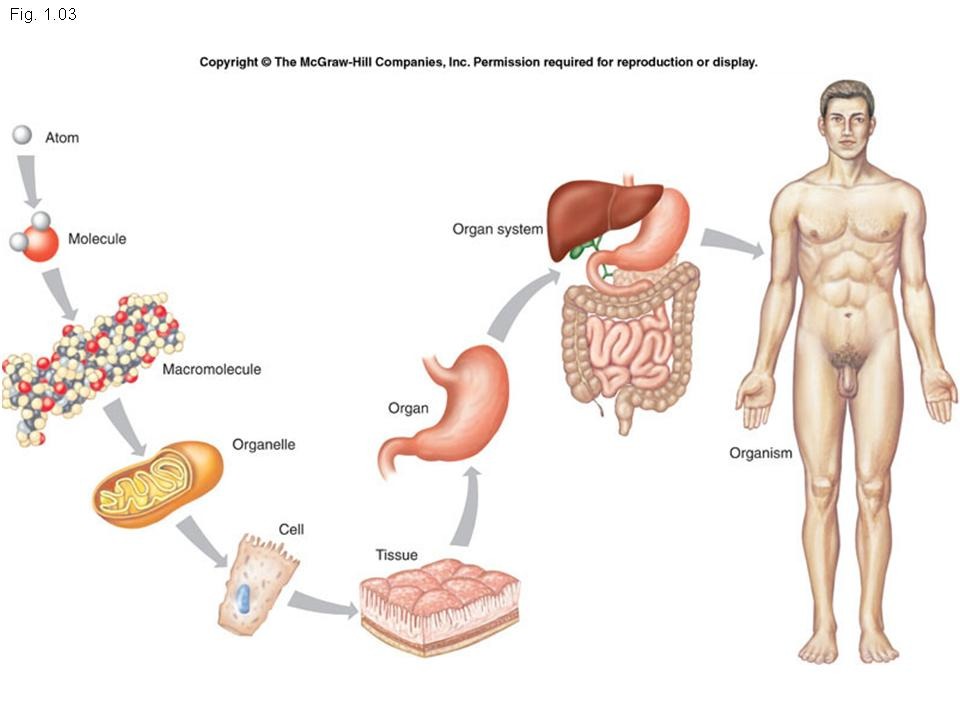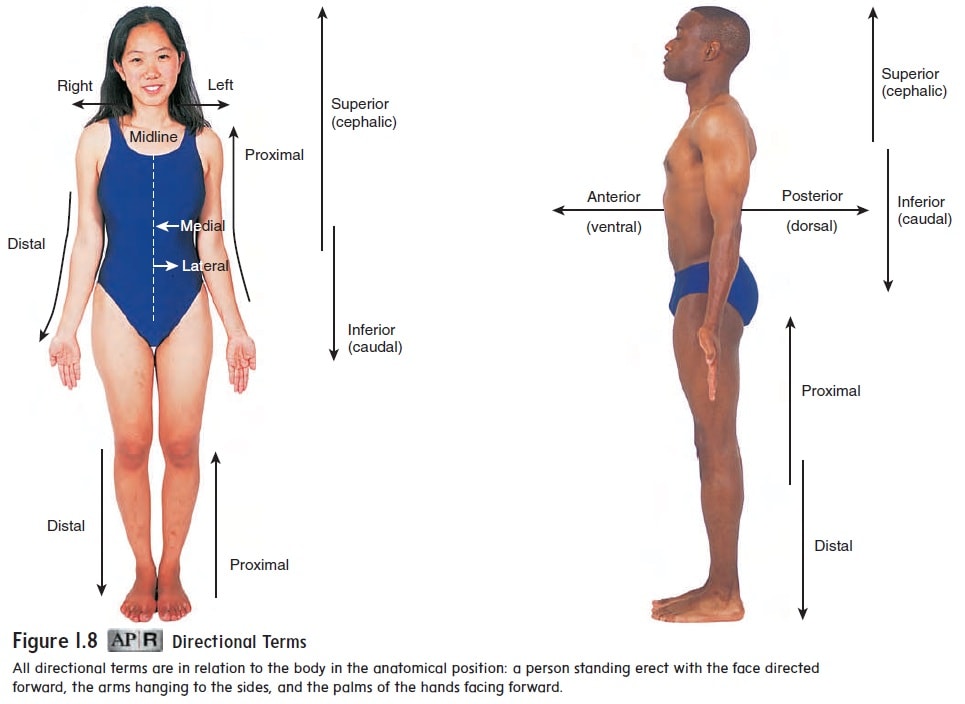Table of Contents
ToggleModule Unit CN-111: Anatomy and Physiology (I)
Contact Hours: 60
Module Unit Description: Introduces students to the anatomy and physiology of the human body, covering the structure and function of different body parts and systems, specifically skeletal, muscular, circulatory, and digestive systems.
Learning Outcomes for this Unit:
By the end of this unit, the student shall be able to:
- Identify various parts of the human body and their functions.
- Differentiate the normal structure and functioning of various systems from that of abnormal conditions of the skeletal, muscular, cardiovascular and digestive systems.
Topic: Introduction to Anatomy and Physiology (Part 1)
Welcome to the study of the human body, a fascinating and complex machine! In this module, we will learn about the different parts of the body and how they work together to keep us healthy. Understanding the normal structure and function of the body is essential for recognizing what happens when something goes wrong (illness or disease).
We will cover the foundational concepts in anatomy and physiology and then look specifically at the skeletal, muscular, cardiovascular, and digestive systems.
Common Terms In Anatomy And Physiology
To begin our study, let's define some important terms that are like the basic language of this subject:
- Anatomy: This is the study of **structures** that make up the body and how they relate with each other.
- Physiology: This word is derived from a Greek word for study of nature. It is the study of how the body and its part **work together** or function.
- Homeostasis: This is defined as how the composition of the **internal environment is well controlled** in a fairly constant state.
- Atoms molecules and compounds: The smallest level of the body is in form of **atoms**.
- Cell: A Cell is the **basic living structural and functional unit** of the body, and the study of cells is called Cytology.
- Tissue: A Tissue is a **collection of many similar or related cells** that perform a specific function. The various tissues are grouped into four groups. 1. Epithelial, 2. Connective, 3. Nervous and 4. Muscle tissue.
- Organ: – This is a collection of **two or more groups of tissues** that works harmoniously together to perform specific function.
- System: This is a **group of organs** that work together to perform major function.
- Pathology: This is the study of the "**damage**" or "**disease**" in the body. Pathology looks at **abnormal changes** in the body's structure and function that are caused by illness, injury, or disease. It describes what happens to tissues and organs when they are not healthy.
- Pathophysiology: This is the study of the "**effects of the damage**". Pathophysiology explains how the changes caused by a disease affect the normal functions of the body and lead to the **signs and symptoms** that a person experiences when they are sick. It connects the damage (pathology) to the symptoms (what the patient feels or shows).
- Health: When all the body's parts and systems are working correctly and together in a balanced way (**homeostasis** is maintained), the person is considered to be in a state of health.
- Illness/Disease: When the body's systems are not working correctly, and the body cannot maintain its normal balance, a person becomes ill or develops a disease. This can happen when one part fails, putting a strain on other parts.
Abbreviations (Commonly Used)
Terms commonly used in Anatomy will be understood after these abbreviations are understood since they will be used occasionally:
- Ach: Acetylcholine
- ACTH: Adrenal Cortico- trophic Hormone
- ADH: Anti diuretic Hormone
- ANS: Autonomic Nervous System
- ATP: Adenosine Tri Phosphate
- C: Cervical, cervical vertebrae, (i.e. C4 cervical vertebrae 4)
- cm: Centimeter
- CNS: Central Nervous System
- CRH: Corticotropin Releasing Hormone
- CSF: Cerebrospinal Fluid
- DNA: Deoxyribonucleic Acid
- /d: Per day
- FSH: Follicular stimulating hormone
- GHRH: Growth Hormone Releasing Hormone
- GI: Gastro Intestinal
- GnRH: Gonadotrophin Releasing Hormone
- HCG: Human Chorionic Gonadotrophin hormone
- Hcl: Hydrochloric acid
- GH: Growth Hormone
- ICSH: Interstitial Cell Stimulating Hormone
- IGF: Insulin Growth Factors
- IUD: Intra Uterine Device
- L: Lumbar, lumbar vertebrae, ( i.e L3, lumbar vertebrae 3)
- LH: Luteinizing Hormone
- PNS: Peripheral Nervous System
- PRH: Prolactin Releasing Hormone
- PTH: Para Thyroid Hormone
- RNA: Ribonucleic Acid
- rRNA: Ribosomal Ribonucleic Acid
- T: Thoracic, thoracic vertebrae, (T1 thoracic vertebrae 1)
- T3: Triiodothyronine
- T4: Thyroxin

Human body Organisation
The human body is built up in layers of complexity, like building something from the ground up. Each level works with the others.
- Chemical level: This is the starting point – the very tiny non-living building blocks. It involves atoms combining through chemical bonds to form molecules. These are the chemical ingredients of life.
- Cellular level: The molecules come together in specific ways to create cells. Cells are the basic living units of the body. There are many different types of cells, each with a specialised job.
- Tissue level: When many similar types of cells group together and work as a team to perform a particular job, they form a tissue. (We will look at the main tissue types below).
- Organ level: Different types of tissues are organised together to form an organ. An organ is a distinct structure with a specific function.
- System level: A group of organs that work together to perform a major function essential for the body's survival is called a system.
- Organism level: All the body systems work together in a coordinated way to make a complete human being (the organism). The health of the whole person depends on all the systems working together effectively.
Anatomical Positions
Anatomical positions are accepted universally as the starting points for positional references to the body. In anatomical positions, the subject (body of patient or client to be observed) is standing erect and facing the observer (the medical examiner), the feet are together, and the arms are hanging at the sides with the palms facing forward.
Relative Directional terms
Standard terms of reference are used when anatomists Or medical examiners, describe the location of a certain body part.
Relative means the location of one’s body part is always described in relation to another body part of the same human body.

Terms used and Description:
- Superior (cranial): Means towards the head. The leg is superior to the foot.
- Inferior (caudal): Toward the feet. The foot is inferior to the leg.
- Anterior (ventral): Toward the front part of the body. The nose is anterior to the ears.
- Posterior (dorsal): Towards the back of the body. The ears are posterior to the nose.
- Medial: Towards the midline of the body. The nose is medial to the eyes
- Lateral: Away from the midline of the body. The eyes are lateral to the nose.
- Proximal: Toward (nearer) the trunk of the body or the attached end of a limb. The shoulder is proximal to the wrist.
- Distal: Away (further) from the trunk of the body or the attached end of a limb. The wrist is distal to the forearm.
- Superficial: Nearer to the surface of the body. The ribs are superficial to the heart.
- Deep: Further from the surface of the body. The heart is deeper to the ribs.
- Peripheral: Away from the central axis of the body. Peripheral nerves radiate away from the brain and spinal cord.
Body parts Regions
The body parts regions are:
- Axial: – This is the part of the body that is near the axis of the body. This includes head, neck, thorax (chest), abdomen, and pelvis.
- Appendicular body part: – This is the part of the body out of the axis line. This includes the upper and lower extremities.
The abdomen is divided into nine regions or more, easily divided into four quadrants.

Body planes and sections
Body planes are imaginary surfaces like, plane lines that divide the body into sections. This helps for further identification of specific areas.

- Sagittal plane: – divides the body into right and left half.
- – Mid sagittal plane: – divides the body into two equal left and right halves.
- – Para sagittal plane: – divides body into two unequal left and right
- Frontal plane: – divides the body into asymmetrical anterior and posterior sections.
- Transverse plane: – divides the body into upper and lower body section.
- Oblique plane: – divides the body obliquely into upper and lower section.
Revision Questions for Page 1 (Part 1):
1. Define the following terms in your own words: Anatomy, Physiology, Homeostasis, Pathology, Pathophysiology.
2. List the six levels of structural organization in the human body from simplest to most complex.
3. Describe the standard anatomical position.
4. Use directional terms to describe the location of the nose relative to the ears, and the elbow relative to the wrist.
5. What is the difference between the axial and appendicular regions of the body?
6. Differentiate between the sagittal, frontal, and transverse body planes.
References (from Curriculum for CN-111):
Below are the core and other references listed in the curriculum for Module CN-1102. Refer to the original document for full details.
- Cohen, JB and Hull, L.K (2016) Memmlers – The Human body in Health and diseases 13th Edition, Wolters, Kluwer. (Core Reference)
- Cohen, J.B and Hull, L.K (2016) Memmler's Structure and Function of the Human Body. 11th Edition. Wolters Kluwer, China
- Kumar, M and Anand, M (2010) Human Anatomy and Physiology for Nursing and Allied Sciences. 2nd Edition. Jaypee Brothers Medical Publishers Ltd.
- Scott, N.W. (2011) Anatomy and Physiology made incredibly easy. 1st Edition. Wolwers Kluwers, Lippincotts Williams and Wilkins.
- Moore, L. K, Agur, M.R.A and Dailey, F.A. (2015) Essential Clinical Anatomy.15th Edition. Wolters Kluwer.
- Snell, S. R. (2012) Clinical Anatomy by Regions. 9th Edition. Wolters Kluwer, Lippincott Williams and Wilkins, China
- Wingerd, B, (2014) The Human Body-Concepts of Anatomy and Physiology. 3rd Edition Lippincott Williams and Wilkins and Wolters Kluwer.
- Rohen, Y.H-Orecoll. (2015) Anatomy.A Photographic Atlas 8th Edition. Lippincott Williams & Wilkins
- Waugh, A., & Grant, A. (2014). Ross and Wilson Anatomy & Physiology in Health and Illness (12th ed.). Churchill Livingstone Elsevier. (Added as per user's reference)


It’s so wawooo , liked it thanks
Thanks so much for the content, am from south Sudan, pursuing diploma in clinical medicine
Oh wow, Which means you need Anatomy Notes.
Yes dear
Can i be helped please i want to pass nursing
How can i copy this content because i need also the images but i cant draw them with the pen. So i need to copy the content.
Thanks for the good work
I want to save this content to my documents how can I save them
I want examinable questions about physiology and anatomy please
I want mcqs on anatomy and physiology
So great
Thanks
can I get permission to obtain these notes to guide the students during their training
check your email
This is Micheal Epou,
Can I save this work and read later offline.
CAN I SAVE THIS WORK AND READ IT LATER WITHOUT THE INTERNET LIKE OFFLINE